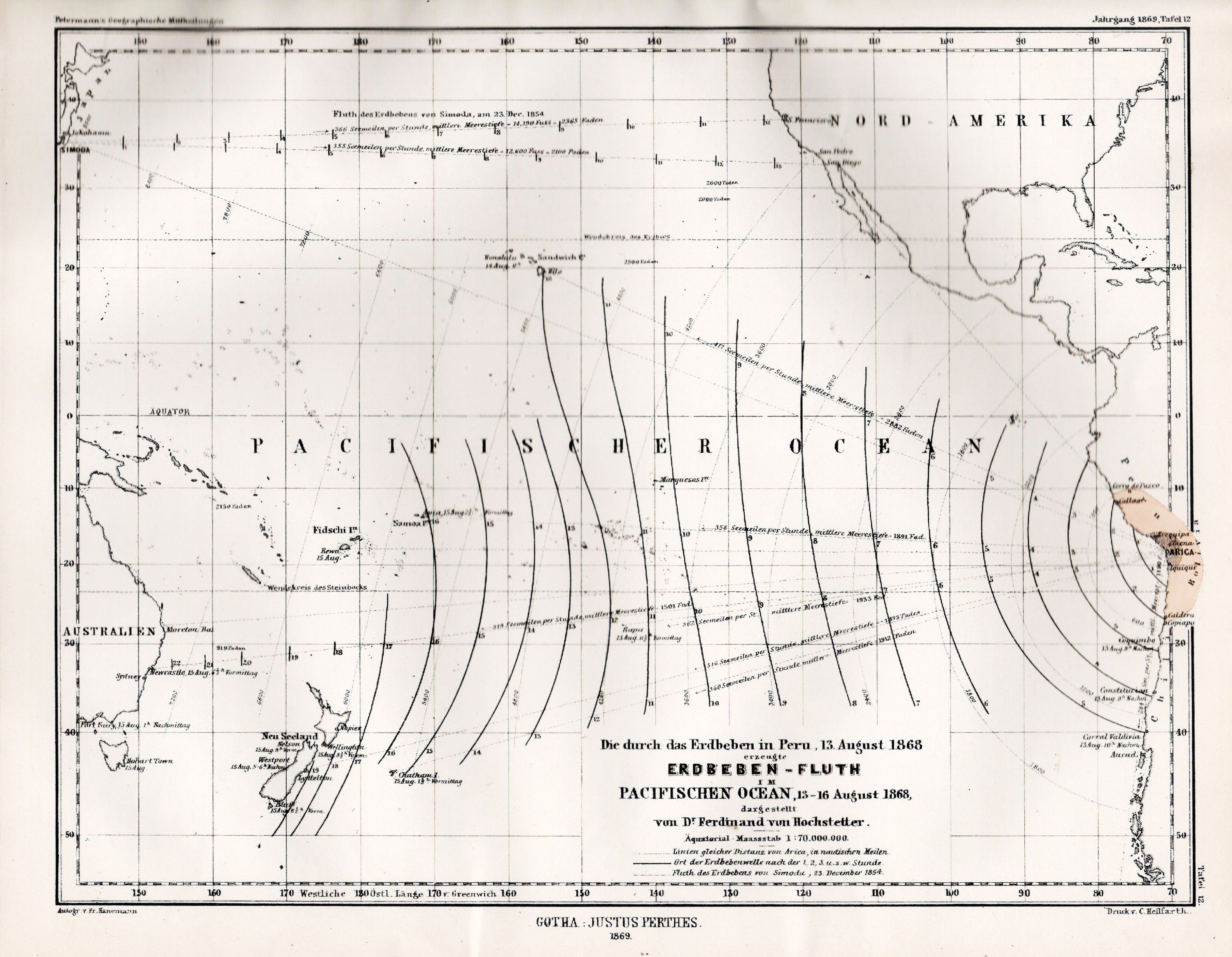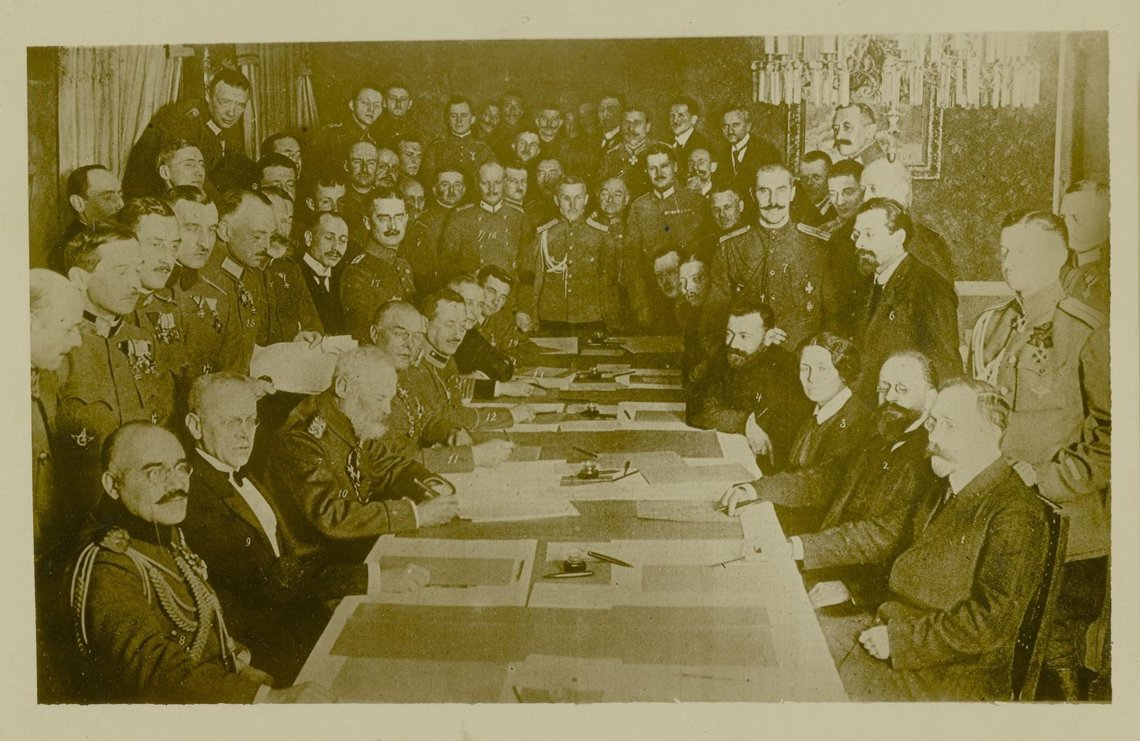|
Rudolf, Crown Prince Of Austria
en, Rudolph Francis Charles Joseph , caption = Rudolf in 1887 , spouse = , issue = Elisabeth Marie, Princess Otto of Windisch-Graetz , house = Habsburg-Lorraine , father = Franz Joseph I of Austria , mother = Empress Elisabeth of Austria , birth_date = , birth_place = Schloss Laxenburg, Laxenburg, Lower Austria, Austrian Empire , death_date = , death_place = Mayerling, Lower Austria, Austria-Hungary , burial_date = , burial_place = Imperial Crypt, Vienna , occupation = , signature = , religion = Roman Catholicism Rudolf, Crown Prince of Austria (Rudolf Franz Karl Josef; 21 August 1858 – 30 January 1889) was the only son and third child of Emperor Franz Joseph I of Austria and Duchess Elisabeth in Bavaria (Sissi). He was heir apparent to the imperial throne of the Austro-Hungarian Empire from birth. In 1889, he died in a suicide pact with his mistress Mary Vetsera at the Mayerling hunting lod ... [...More Info...] [...Related Items...] OR: [Wikipedia] [Google] [Baidu] |
Princess Stéphanie Of Belgium
Princess Stéphanie Clotilde Louise Herminie Marie Charlotte of Belgium (21 May 1864 – 23 August 1945) was a Belgian royal family, Belgian princess who became Crown Princess of Austria through marriage to Rudolf, Crown Prince of Austria, Crown Prince Rudolf, heir to the throne of the Austro-Hungarian Empire. Princess Stéphanie was the second daughter of King Leopold II of Belgium and Marie Henriette of Austria. She married in Vienna on 10 May 1881 Crown Prince Rudolf, son and heir of Emperor Franz Joseph I of Austria. They had one child, Archduchess Elisabeth Marie. Stéphanie's marriage quickly became fragile. Rudolf, depressed and disappointed by politics, had multiple extramarital affairs and contracted a venereal disease that he transmitted to his wife, rendering her unable to conceive again. In 1889 Rudolf and his mistress Mary Vetsera were Mayerling incident, found dead in an apparent murder-suicide pact at the imperial hunting lodge at Mayerling in the Vienna Woods. ... [...More Info...] [...Related Items...] OR: [Wikipedia] [Google] [Baidu] |
Suicide Pact
A suicide pact is an agreed plan between two or more individuals to die by suicide. The plan may be to die together, or separately and closely timed. General considerations Suicide pacts are an important concept in the study of suicide, and have occurred throughout history, as well as in fiction. An example of this is the suicide pact between Rudolf, Crown Prince of Austria and Baroness Mary Vetsera. Suicide pacts are sometimes contrasted with mass suicides, understood as incidents in which a larger number of people kill themselves together for the same ideological reason, often within a religious, political, military or paramilitary context. "Suicide pact" tends to connote small groups and non-ideological motivations, as do bonding as married or romantic partners, as family members or friends, or even as criminal partners. Legal aspects In England and Wales, suicide pact is a partial defense, under section 4 of the Homicide Act 1957, which reduces murder to manslaughter. ... [...More Info...] [...Related Items...] OR: [Wikipedia] [Google] [Baidu] |
Ferdinand Von Hochstetter
Christian Gottlieb Ferdinand Ritter von Hochstetter (30 April 1829 – 18 July 1884) was a German- Austrian geologist. Career Having received his early education at the evangelical seminary at Maulbronn, Ferdinand proceeded to the University of Tübingen and the Tübinger Stift; there, under Friedrich August von Quenstedt, the interest he already felt in geology became permanently fixed, and he obtained his doctor's degree and a travelling scholarship. In 1852 he joined the staff of the Imperial Geological Survey of Austria and was engaged until 1856 in parts of Bohemia, especially in the Bohemian Forest, and in the Fichtel Hills and Karlsbad mountains. His excellent reports established his reputation. Thus he came to be chosen as geologist to the Novara expedition (1857–59), and made numerous valuable observations in the voyage round the world. The Novara arrived in New Zealand on 22 December 1858. Almost immediately he met the German scientist Julius von Haast who had a ... [...More Info...] [...Related Items...] OR: [Wikipedia] [Google] [Baidu] |
Leopold Gondrecourt
Count Leopold Gondrecourt was a Austro-Hungarian general of French origin most notable for his service in the Battle for Königshügel. Biography After attending the École spéciale militaire de Saint-Cyr in Saint-Cyr-l'École, Count Gondrecourt entered the service of the Austrian army. At the end of 1863, he was appointed as a brigadier in command of a 4800-strong brigade that was to be sent to Schleswig-Holstein and set out from Prague on 17 and 18 December 1863. Initially an Austrian contingent of the federal German troops in the federal execution against the duchies of Holstein and Lauenburg; the brigade then continued to serve along the Prussian Army in the Second Schleswig War. On 3 February 1864, together with the Prussian brigade "Canstein", Gondrecourt's unit stormed the area in front of the Danewerk during the Battle for Königshügel near Selk. For the successful capture of the Königshügel, he was awarded the Military Order of Maria Theresa. For his services in ... [...More Info...] [...Related Items...] OR: [Wikipedia] [Google] [Baidu] |
Prince Leopold Of Bavaria
Prince Leopold of Bavaria (Leopold Maximilian Joseph Maria Arnulf; 9 February 1846 – 28 September 1930) was born in Munich, the son of Prince Regent Luitpold of Bavaria (1821–1912) and his wife Archduchess Augusta of Austria (1825–1864). He was a Field Marshal ('' Generalfeldmarschall'') who commanded German and Austro-Hungarian forces on the Eastern Front in World War I. Biography Military career Prince Leopold entered the Bavarian Army at the age of 15, and received his patent as a lieutenant dated 28 November 1861. He saw first combat during the Austro-Prussian War in 1866, where he commanded an artillery battery at Kissingen and Rossbrunn. In 1870, King Ludwig II of Bavaria sent Leopold to the battlefields of France, where the Bavarian Army was fighting alongside the Prussian Army in the Franco-Prussian War. He served with the 3rd Bavarian Artillery Regiment and saw action at Sedan and Beauvert. He was promoted to major in December 1870.Bavarian War Ministr ... [...More Info...] [...Related Items...] OR: [Wikipedia] [Google] [Baidu] |
Emperor Of Austria
The Emperor of Austria (german: Kaiser von Österreich) was the ruler of the Austrian Empire and later the Austro-Hungarian Empire. A hereditary imperial title and office proclaimed in 1804 by Holy Roman Emperor Francis II, a member of the House of Habsburg-Lorraine, and continually held by him and his heirs until Charles I relinquished power in 1918. The emperors retained the title of Archduke of Austria. The wives of the emperors held the title empress, while other members of the family held the titles of archduke or archduchess. Predecessors Members of the House of Austria, the Habsburg dynasty, had been the elected Holy Roman Emperors since 1438 (except for a five-year break from 1740 to 1745) and mostly resided in Vienna. Thus the term "Austrian emperor" may occur in texts dealing with the time before 1804, when no Austrian Empire existed. In these cases the word Austria means the composite monarchy ruled by the dynasty, not the country. A special case was Maria ... [...More Info...] [...Related Items...] OR: [Wikipedia] [Google] [Baidu] |
Archduchess Gisela Of Austria
Archduchess Gisela Louise Marie of Austria (12 July 1856 – 27 July 1932) was the second daughter and eldest surviving child of Emperor Franz Joseph I and Empress Elisabeth of Austria. Although christened ''Gisella'', she only ever wrote her name with one L. Just like her elder sister Archduchess Sophie and her brother Crown Prince Rudolf, Gisela was raised by her paternal grandmother, Princess Sophie of Bavaria. Of a sober nature like her father, she kept a reserved attitude towards her mother. She had a very close relationship with her brother, whose suicide affected her greatly. Life Her father collected some of the family's personal items, such as the first pair of shoes worn by each of his children. Among these keepsakes was a poem written for him by a young Gisela one Christmas; the poem was said to be the most treasured item among this collection. Archduchess Gisela was also known to paint in her later years. Marriage and family On 20 April 1873, at the age ... [...More Info...] [...Related Items...] OR: [Wikipedia] [Google] [Baidu] |
Rudolf I Of Germany
Rudolf I (1 May 1218 – 15 July 1291) was the first King of Germany from the House of Habsburg. The first of the count-kings of Germany, he reigned from 1273 until his death. Rudolf's election marked the end of the Great Interregnum which had begun after the death of the Hohenstaufen Emperor Frederick II in 1250. Originally a Swabian count, he was the first Habsburg to acquire the duchies of Austria and Styria in opposition to his mighty rival, the Přemyslid king Ottokar II of Bohemia, whom he defeated in the 1278 Battle on the Marchfeld. The territories remained under Habsburg rule for more than 600 years, forming the core of the Habsburg monarchy and the present-day country of Austria. Rudolf played a vital role in raising the comital House of Habsburg to the rank of Imperial princes. Early life Rudolf was born on 1 May 1218 at Limburgh Castle near Sasbach am Kaiserstuhl in the Breisgau region of present-day southwestern Germany. He was the son of Count Al ... [...More Info...] [...Related Items...] OR: [Wikipedia] [Google] [Baidu] |
King Of Germany
This is a list of monarchs who ruled over East Francia, and the Kingdom of Germany (''Regnum Teutonicum''), from the division of the Frankish Empire in 843 and the collapse of the Holy Roman Empire in 1806 until the collapse of the German Empire in 1918. Note on titles #The Kingdom of Germany started out as the eastern section of the Frankish kingdom, which was split by the Treaty of Verdun in 843. The rulers of the eastern area thus called themselves ''rex'' ''Francorum'' ("king of the Franks"), ''rex Francorum orientalium'' ("king of the East Franks"), and later just ''rex''. A reference to the "Germans", indicating the emergence of a German nation of some sort, did not appear until the eleventh century, when the pope referred to his enemy Henry IV as ''rex teutonicorum'', king of the Germans, in order to brand him as a foreigner. The kings reacted by consistently using the title ''rex Romanorum'', king of the Romans, to emphasize their universal rule even before becoming ... [...More Info...] [...Related Items...] OR: [Wikipedia] [Google] [Baidu] |
Elisabeth Of Bavaria
Duchess Elisabeth Amalie Eugenie in Bavaria (24 December 1837 – 10 September 1898) was Empress of Austria and Queen of Hungary from her marriage to Emperor Franz Joseph I on 24 April 1854 until her assassination in 1898. Elisabeth was born into the royal Bavarian House of Wittelsbach. Nicknamed Sisi (also Sissi), she enjoyed an informal upbringing before marrying Emperor Franz Joseph I at the age of sixteen. The marriage thrust her into the much more formal Habsburg court life, for which she was unprepared and which she found uncongenial. Early in the marriage, she was at odds with her mother-in-law, Archduchess Sophie, who took over the rearing of Elisabeth's daughters, one of whom, Sophie, died in infancy. The birth of a son to the imperial couple, Crown Prince Rudolf, improved Elisabeth's standing at court, but her health suffered under the strain. As a result, she would often visit Hungary for its more relaxed environment. She came to develop a deep kinshi ... [...More Info...] [...Related Items...] OR: [Wikipedia] [Google] [Baidu] |
Garter Encircled Arms Of Rudolf, Crown Prince Of Austria, KG
A garter is an article of clothing comprising a narrow band of fabric fastened about the leg to keep up stockings. In the eighteenth to twentieth centuries, they were tied just below the knee, where the leg is most slender, to keep the stocking from slipping. The advent of elastic has made them less necessary from this functional standpoint, although they are still often worn for fashion. Garters have been widely worn by men and women, depending on fashion trends. Garters in fashion In Elizabethan fashions, men wore garters with their hose, and colourful garters were an object of display. In Shakespeare's ''Twelfth Night'', "cross braced" garters (a long garter tied above and below the knee and crossed between), as worn by the character Malvolio, are an object of some derision. In male fashion for much of the 20th century a type of garter for holding up socks was used as a part of male dress; it is considered somewhat archaic now. Use in wedding traditions There is a Western ... [...More Info...] [...Related Items...] OR: [Wikipedia] [Google] [Baidu] |




.jpg)
_c1640_Rudolf_I.jpg)


